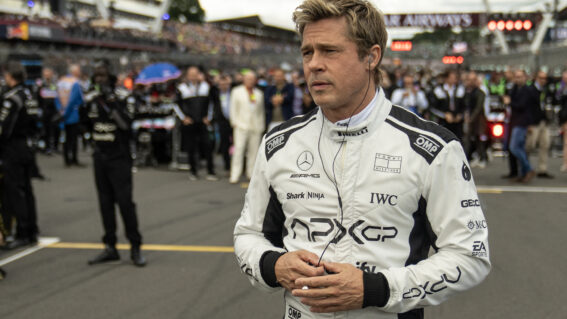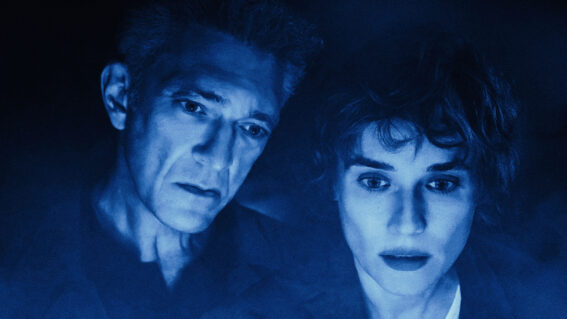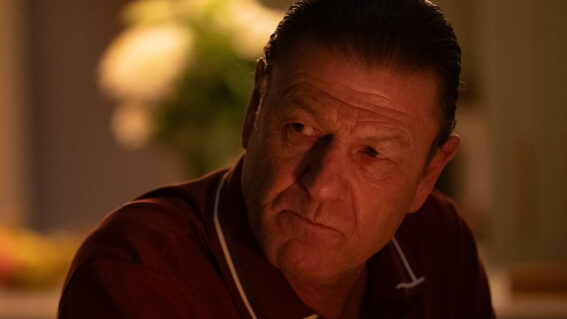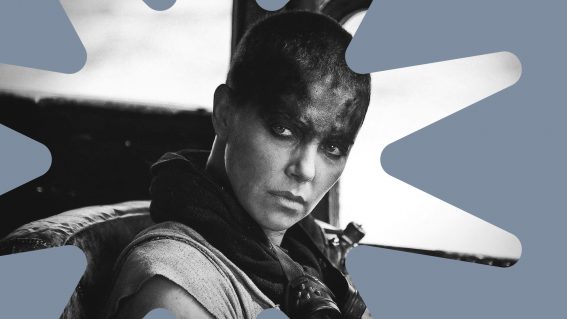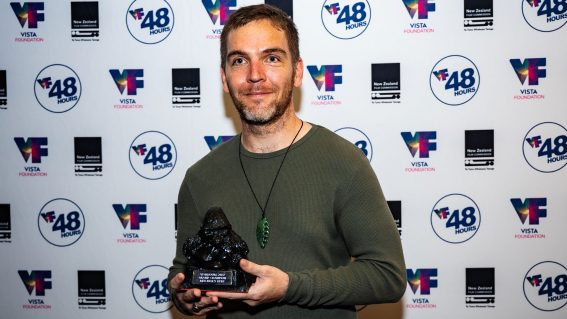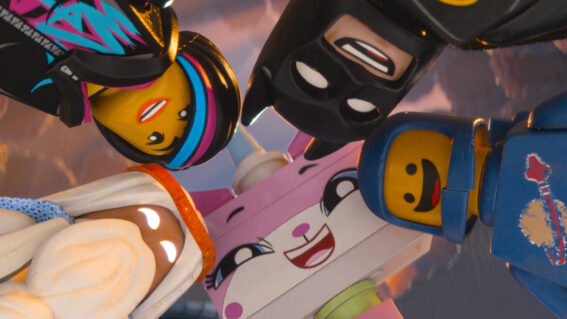The cinematic beauty of sign language
Show. Don’t tell. Or do both.
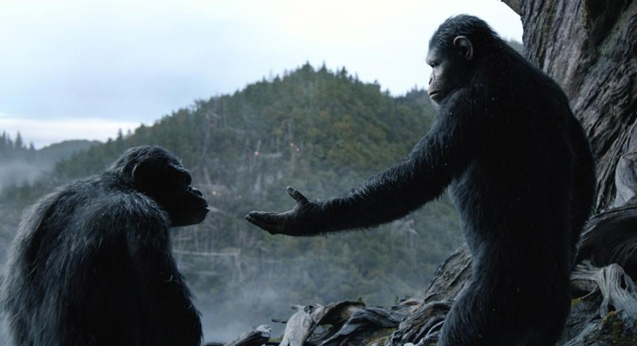
Show. Don’t tell.
This is the golden rule given to nearly every student of a Filmmaking 101 course. While the Aaron Sorkins of the world can rightfully get away with dialogue-heavy movies [most of the time], cinematic storytelling usually gains more power from visual language than language-language.
But what about a language that tells and shows?
That’s the cinematic beauty of sign language. It is a form of communication that relies on the visual, allowing for some large and extensive filmic possibilities.
The recent Planet of the Apes trilogy prominently displayed the engrossing qualities of sign language in mainstream cinema. The most recent film, War, put some practical use to the language, allowing the apes to communicate covertly and via long distances during an attempted jailbreak. On an emotive level, it shined even brighter by giving audiences a clear focus on the apes’ physical expressions (and more reason to gawk at Weta’s CG simians).
No surprise, then, that Sally Hawkins’ most heart-wrenching moment in The Shape of Water was used in the Best Actress introduction video at this year’s Oscars. Aside from a fantasy moment where she sings, Hawkins signs throughout the movie as the deaf lead, physically widening her expressive abilities when delivering dialogue. Richard Jenkins diminishes the aforementioned scene a bit by blurting out a translation, but to be fair, the entire film has the subtlety of a hungry seagull.
On the other side of the art-house fence, filmmaker Myroslav Slaboshpytskiy denied any translations in his brutal feature The Tribe. The film, which played at the New Zealand International Film Festival and is currently on ANZ Netflix, boldly demonstrates the power of physical expression. There are no subtitles for anything these characters say, but as this film proves, you don’t need to know Ukrainian Sign Language to understand what’s going on.
A Silent Voice is also worth mentioning, director Naoko Yamada’s animated drama about a young boy who bullies an hearing-impaired girl only to regret his awful actions when he grows up. It’s a clunky but sweet film that should stun anyone who struggles to draw hands because – good grief – there’s an impressive amount of animated signing in this film.
The rise of deaf cinema is a big win for film and an even bigger win for the deaf community. Representation matters and deaf stars are being embraced on screen. This year’s original hit A Quiet Place featured a breakout performance from Millicent Simmonds, as did Edgar Wright’s Baby Driver with the introduction of deaf comedian-writer-actor CJ Jones.
In Aotearoa, deaf filmmaker Jared Flitcroft and co-director Jack O’Donnell made themselves known at last year’s NZIFF. Their short film Tama gave the stage to deaf actor Eric Matthews, giving rousing context to a haka he performs.
Deaf cinema has a great home in short films. You can check out these three films that Show Me Shorts recommends as well as this year’s Oscar winner The Silent Child which can be found in this collection of Academy Award-nominated short films.
As a drooling fan of both animation and lions, I’ll leave you with the short film The Boy Who Wanted to Be a Lion. It manages to visually relay the experiences of a deaf child with an absorbing colour palette while also telling a dark fable that would have tickled the toes of The Brothers Grimm.







